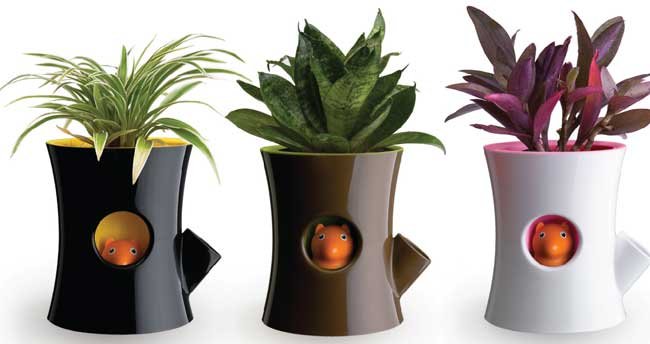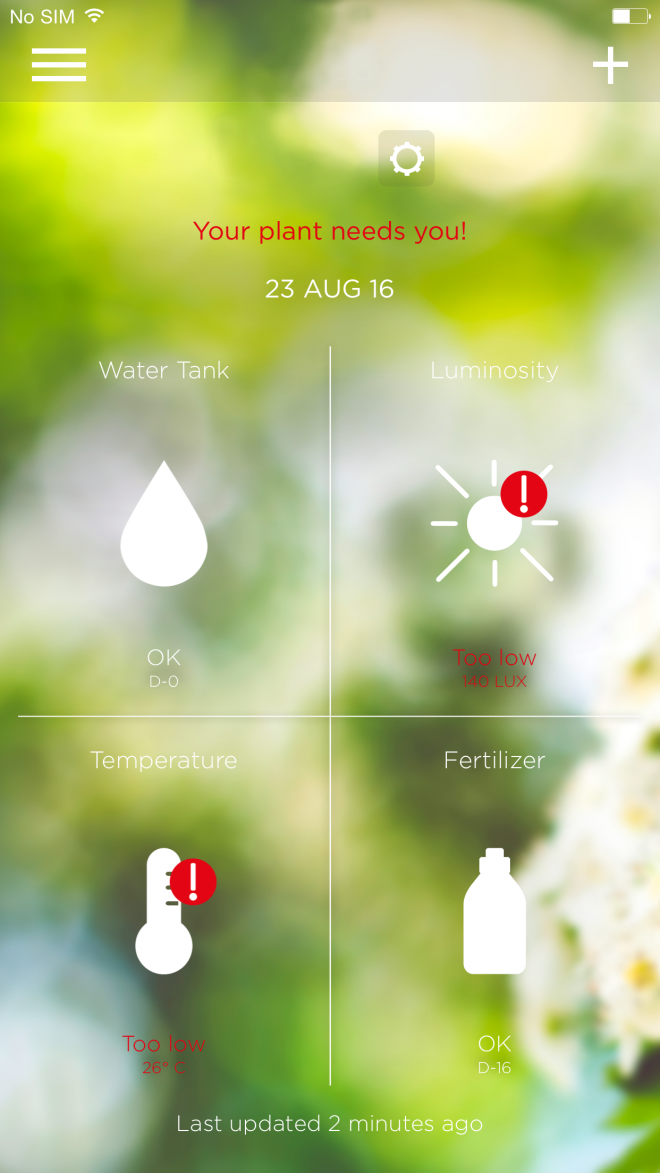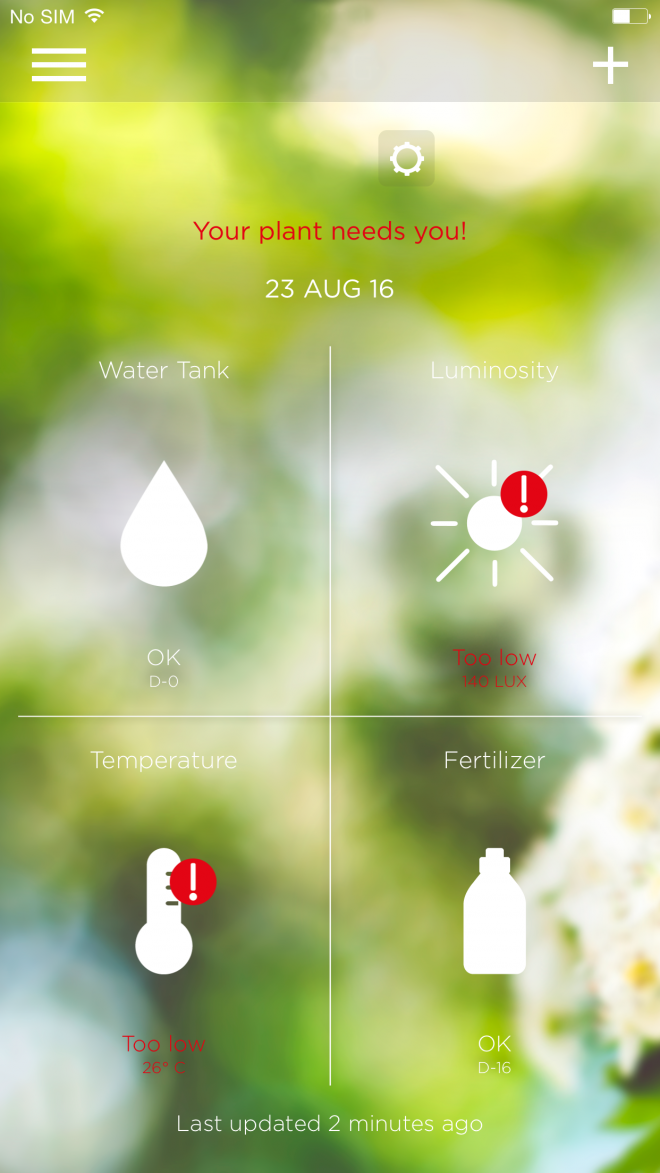The Internet of Things influences our lives more and more and provides new possibilities as well as some risks. Today we would like to tell you about one unusual project, in scope of which we developed backend, iOS and Android applications.
Within recent years we have heard a lot about smart home, smart watches, smart household appliances, smart bulbs… But before we met our customer - a young European startup - none of us thought of… Smart pots. Right, now even pots become intelligent. 
Having discussed the project, we came to the conclusion, that it’s a great idea: who hasn’t forgotten to water a plant or fertilize flowers in time. A smart pot with a human name contains sensors allowing to measure the level of water, fertilizers, light and warmth and sends this information to the server. The server communicates with the mobile app allowing to view the data in graphs and sending notifications, if a plant needs to be watered, fertilized or moved to a lighter corner.
Certainly, different plants need different conditions, therefore a user can choose one of 3 types: green plants, flowering plants or succulents. Depending on the chosen type the app indicates parameters to create good conditions for a plant. A user can track several pots in one app. 
During app development we have faced difficulties related to data processing in a wi-fi net. The sensors in pots can work both as a client and a server. From the very start a sensor is configured as a server, so a user has to recofigure it so that it worked as a client; it can be done manually or after passing Apple certification. The second option is more user-friendly, as it doesn’t require any additional actions. On the other hand, certification requires to send devices to Apple, upgrade them in case of any non compliances, get a special chip from Apple, integrate it to devices, send them again… All that would significantly increase development time and the cost of pots. We thought that customers would prefer to buy a cheaper pot now than to wait about a year and spend more money, and all that in order not to set a net. 
There were also some difficulties related to Android: a pot can be configured only in offline mode, but it is known that if you disconnect wi-fi on Android, the smartphone immediately connects GPRS. Some devices also did not manage to save a package, wait some time and only then send it.
But any technical issues were compensated with the pleasure of communication with the customer’s team. All our developers have characterized European colleagues as young and very positive people, eager to launch the product and make people happier. 
At the moment all the major functionality is already developed, and the team is improving work with wi-fi and bringing some additional features. For example, the first version allowed only to view data from sensors, and the current one builds graphs, which allows to monitor the plants dynamically. In the future version the app will have in-app purchases and even more plants, the customer is negotiating creation of large pots and smart greenhouses.
The release of the product is scheduled for December. We think that a smart pot will be a perfect Christmas gift!